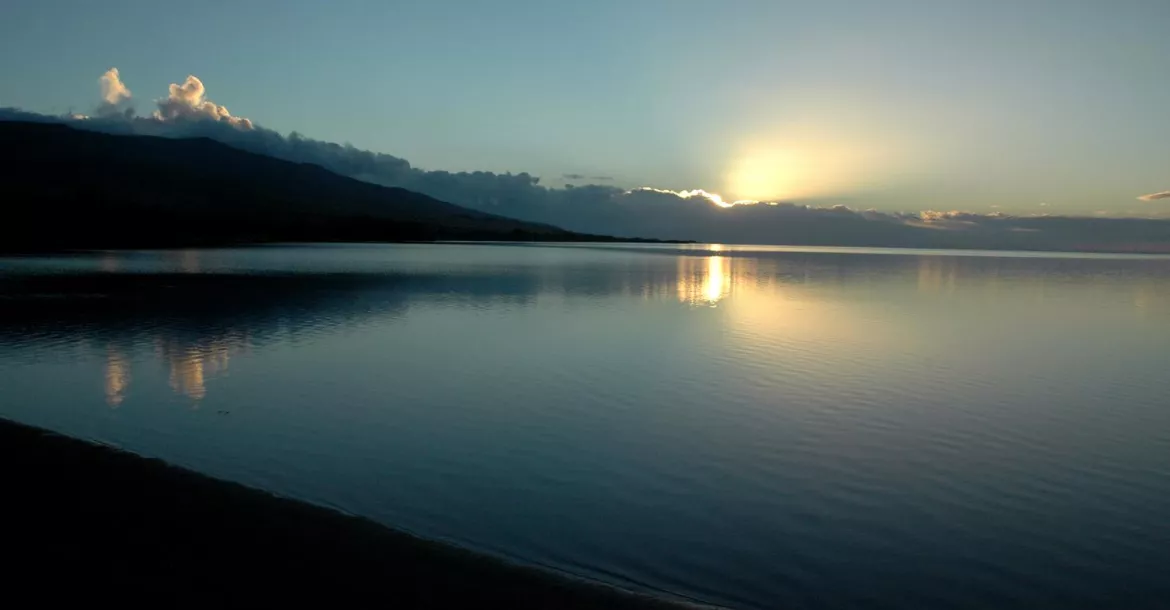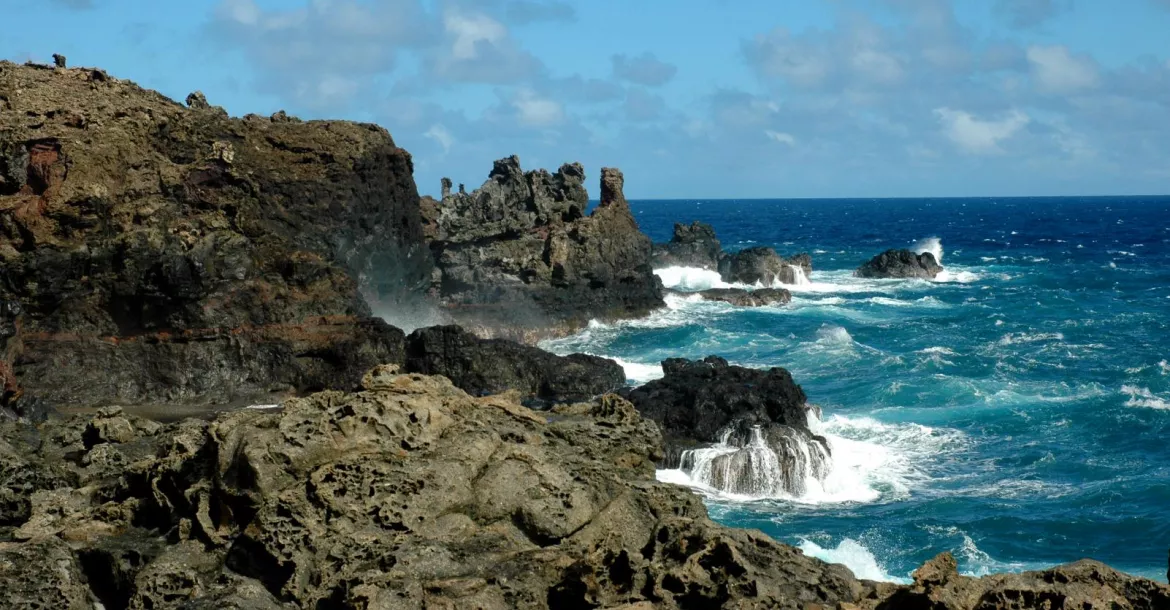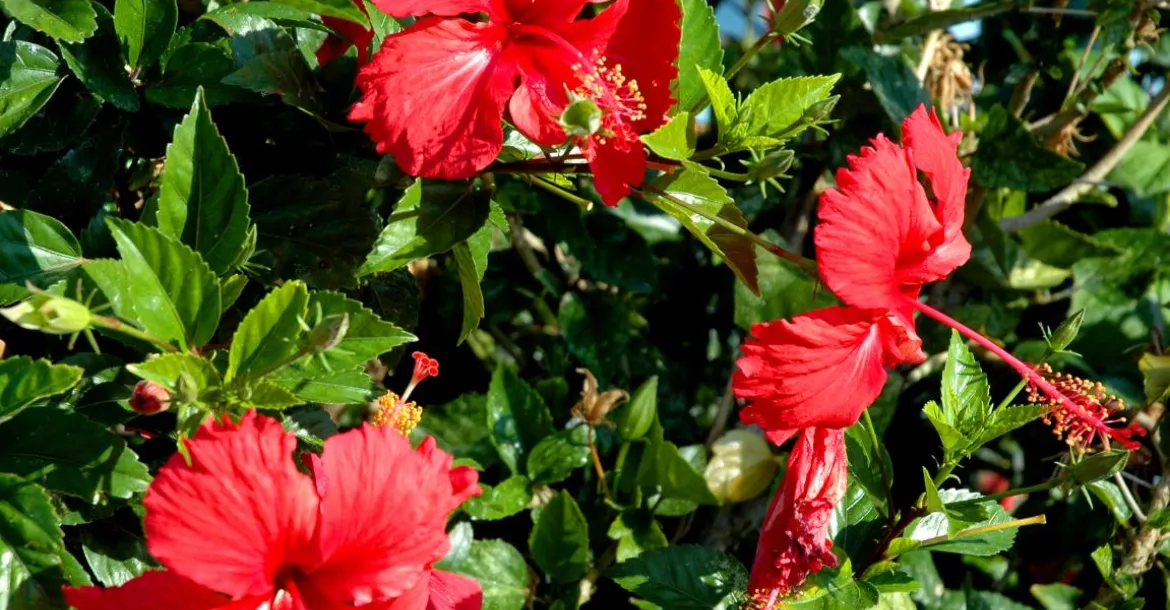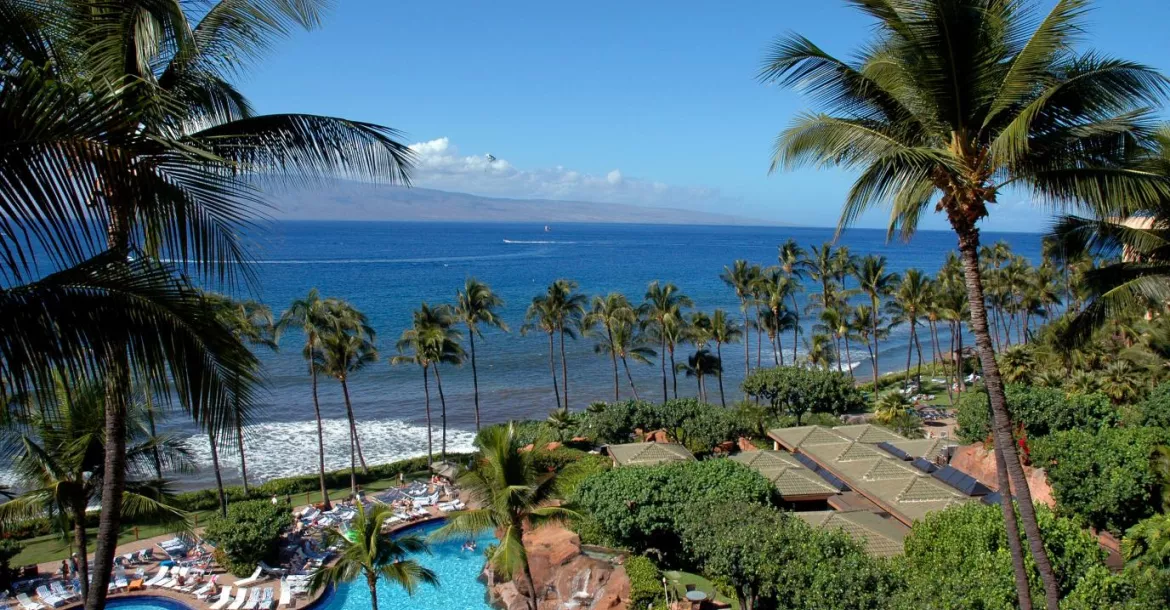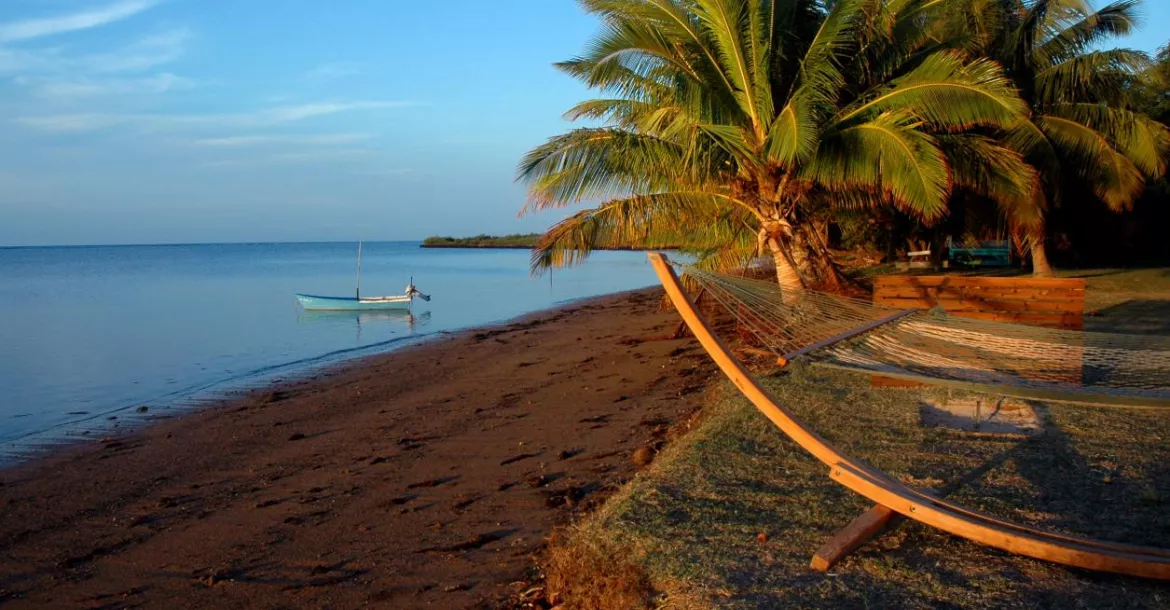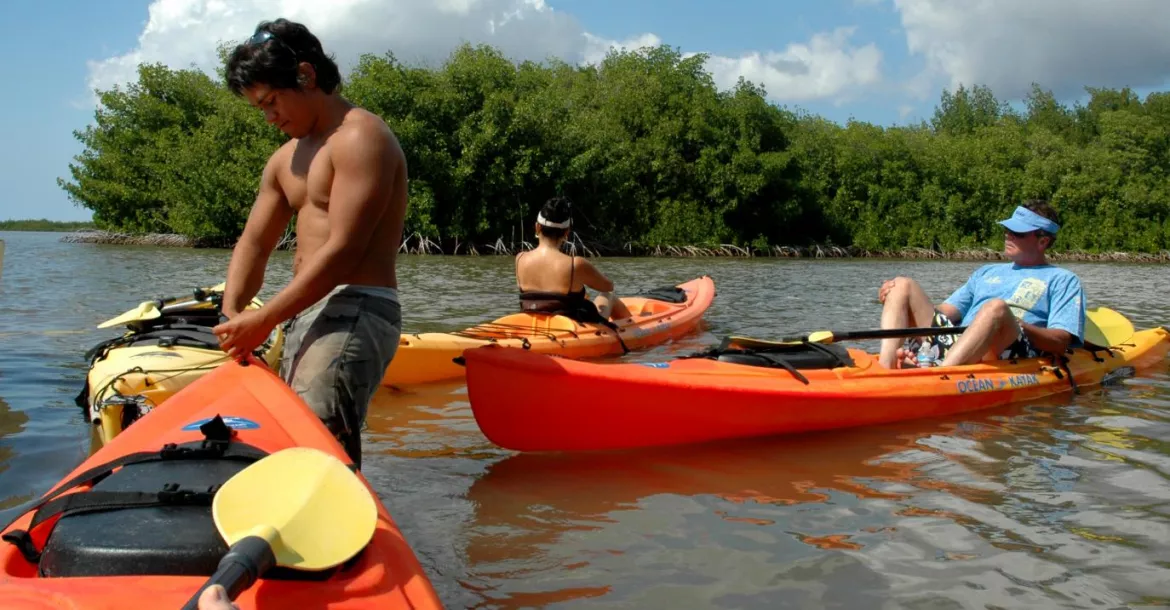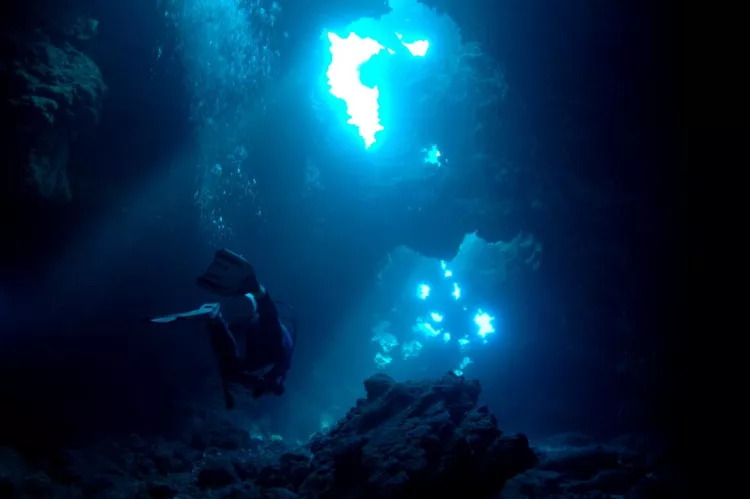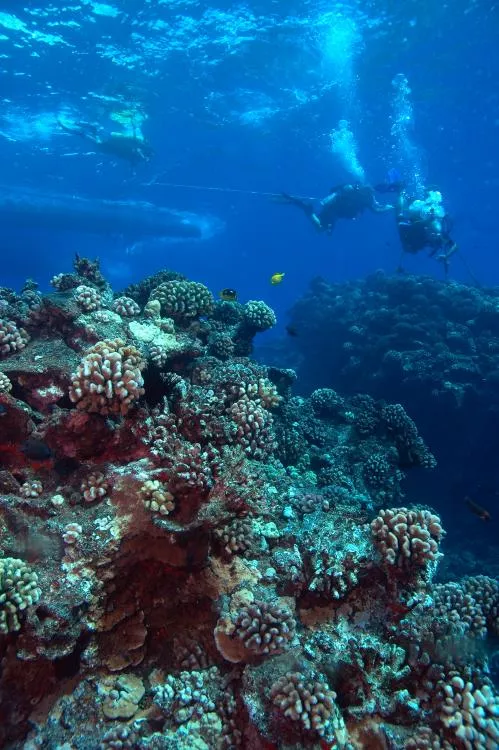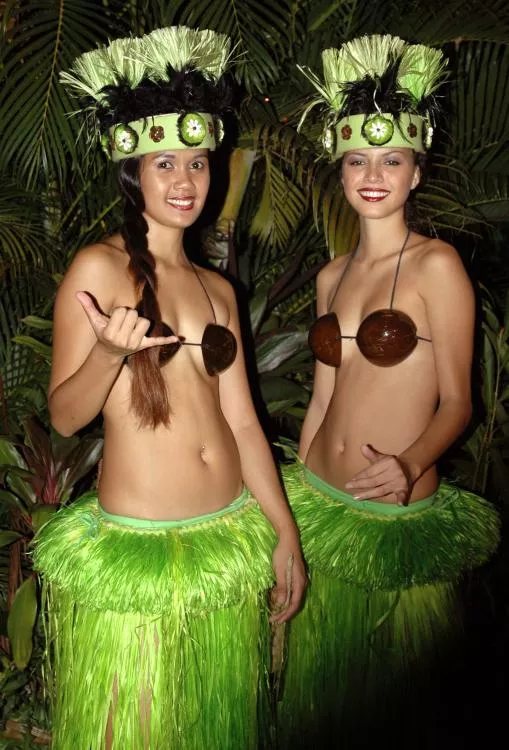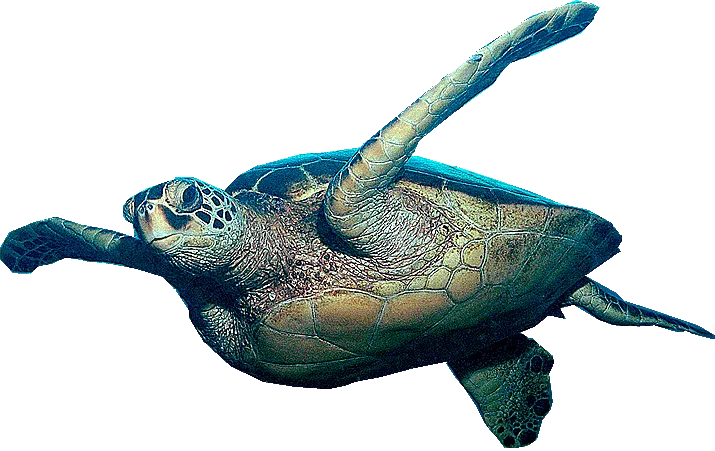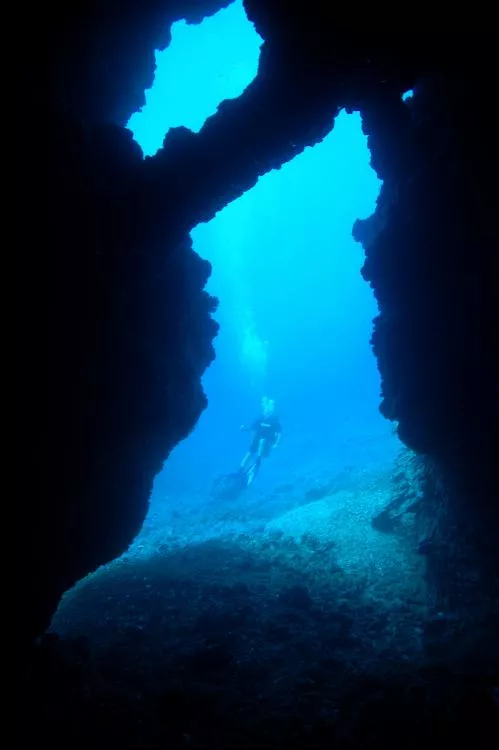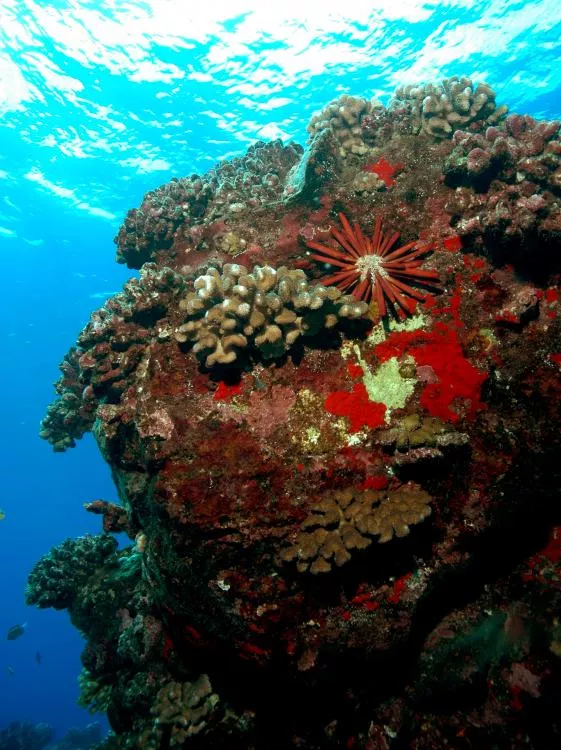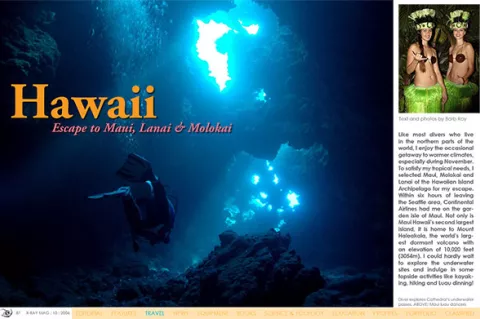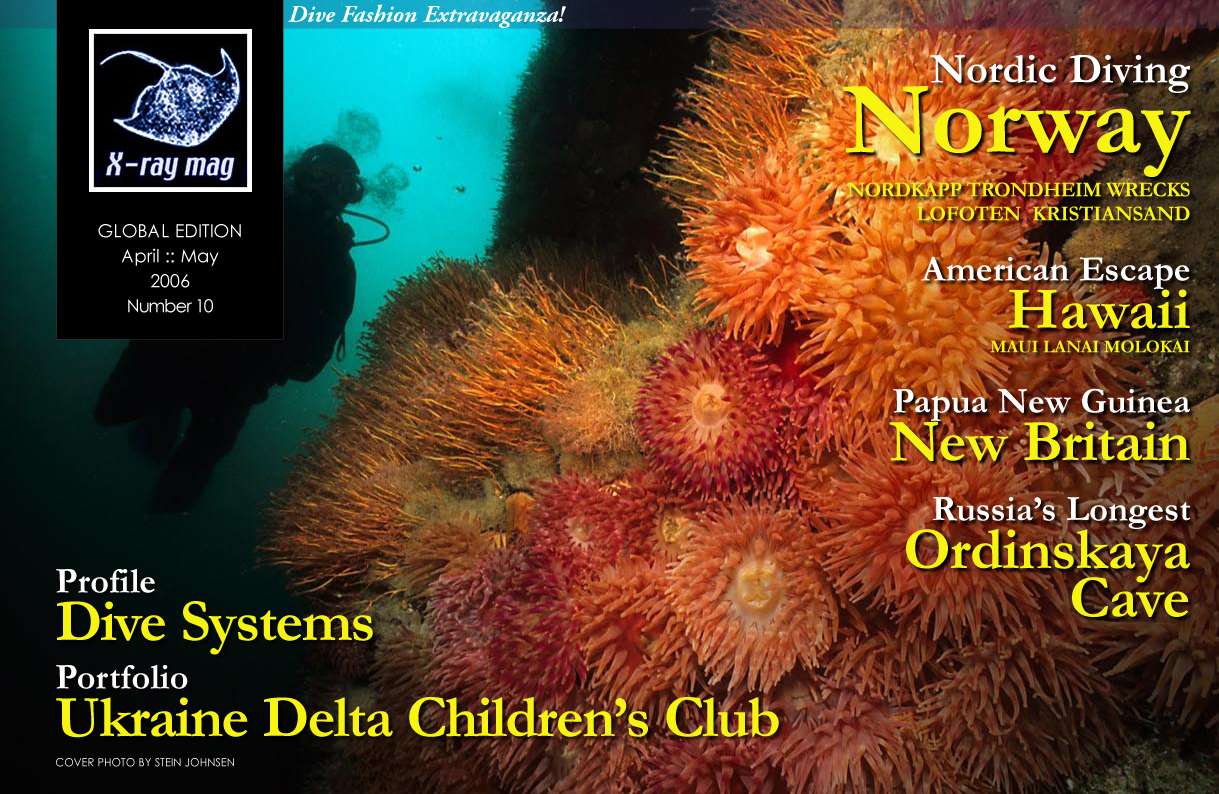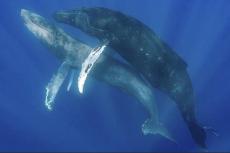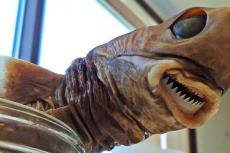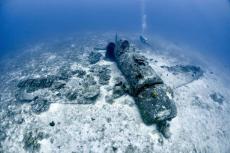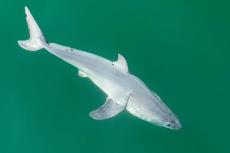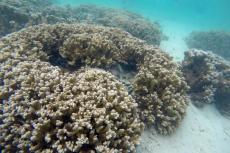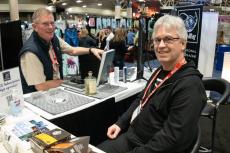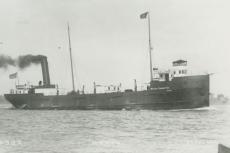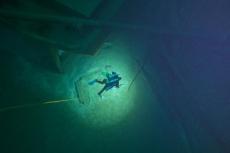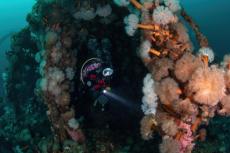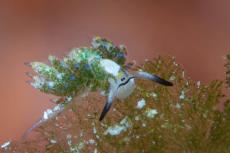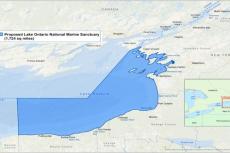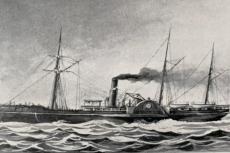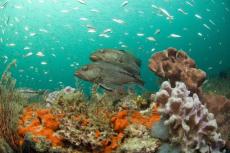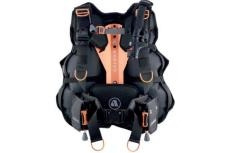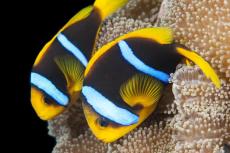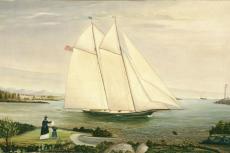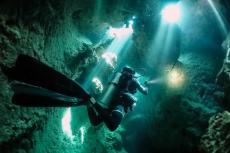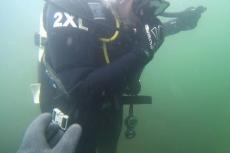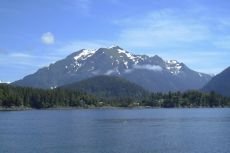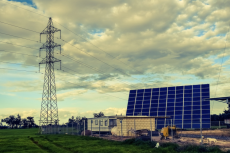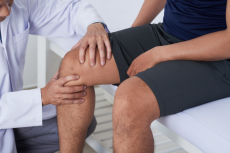Like most divers who live in the northern parts of the world, I enjoy the occasional getaway to warmer climates, especially during November. To satisfy my tropical needs, I selected Maui, Molokai and Lanai of the Hawaiian Island Archipelago for my escape. Within six hours of leaving the Seattle area, Continental Airlines had me on the garden isle of Maui.
Not only is Maui Hawaii’s second largest island, it is home to Mount Haleakala, the world’s largest dormant volcano with an elevation of 10,020 feet (3054m). I could hardly wait to explore the underwater sites and indulge in some topside activities like kayaking, hiking and Luau dinning!
Contributed by
Polynesian settlement of Hawaii occurred over 1000 years ago after crossing 4000 miles (6437km) of open ocean from the South Pacific. Captain Cook arrived in 1778 and was later killed on a return journey. In the 1820’s, Hawaii became an important whaling station for European fisherman, followed by a flood of missionaries. After becoming a USA territory in 1900, Hawaii was adopted in as the 50th state in 1959.
Maui Adventure
After securing my rental car, I headed to Lahaina, on the western side of the island, to the comfortable confines of the Hyatt Regency resort. A fragrant breeze with a hint of tropical flowers caressed my face as it swirled in from an open lanai (balcony). Although I scanned the turquoise ocean below for passing whales, it was too early in the season. Within a few weeks though, over 3000 whales will have migrated from the north to spend their winter around Maui.
Cathedral
Early the next morning I walked with my scuba gear along the ocean-side path to meet the crew of Trilogy Excursions for a day of diving around Lanai. After paperwork at their beachside hut, I boarded a huge catamaran, one of seven boats operated by Trilogy, with several other guests. Within minutes we were underway to a popular site called the “Cathedral”. Our group of eight had two divemaster guides; Mike Jones and Shigeki Ichinose, who not only shared their knowledge of marine biology, they enlightened us with local cultural stories as they prepared the gear.
Before long Mike had four of us in the water, leading us down to the Cathedral entrance at 60 feet (18m). The dark abyss from within seemed to beckon further investigation. We slowly entered as a group. Ancient lava flows created these massive cave-like structures centuries ago as several lava tubes entered from different directions. Now, only a hollowed out opening remained with a ceiling riddled with holes.
I paused on the warm sandy floor, now at 80 feet (24m), to take it all in. The area resembled a spacious church with dancing beams of light pouring in from above. My companions were equally in awe as they swam around me, intertwining with multitudes of shimmering fish. Mike pointed out the lobster and crabs hiding beneath ledges and odd looking sea cucumbers in the sand. Shigeki brought his group in as we departed, following Mike around to the backside of the cave. While pausing to photograph a colorful coral head, everyone disappeared within a small passageway, leading back into the cathedral. But Mike had returned to retrieve me. Once again I entered the vast cavernous space inside the cathedral, before ascending.
Fish Rock
After a tasty BBQ lunch on the boat, we were back in the water at another of Lanai’s wild sites called “Fish Rock”. At the surface the water churned and swirled, but beneath its turmoil surface life was plentiful. As with the previous dive, visibility was at least 100 feet (30m) with a water temperature of 79 degrees.
The terrain was mostly made up of fingering lava rock reefs surrounding a pinnacle that pierced the surface. Rolling surface waves cascading over a sheer side was awesome to watch from 60 feet (18m) down. During Mike’s tour we came across pairs of butterfly fish, colorful sea stars, red pencil urchins and more odd-looking lava structures. Overall, Lanai’s underwater sites were very healthy and topside proved to be a great place to spend a day exploring, via a passenger ferry from Maui.
Black Rock
The next day I joined dive instructor Joshua Bischoff from Five Star Scuba for a shore dive at “Black Rock” in front of the Sheraton Maui Hotel and Resort. Visiting divers can explore this site with a buddy (on their own) or hire a guide from Five Star Scuba. Five Star’s beachside facility also offers complete scuba and snorkeling rental sets.
Josh and I easily entered through the surf (mornings are best) and headed out underwater around the black cliff and outcropping of boulders. The ocean floor was blanketed in creamy white sand. At 30 feet (9m) there weren’t very many reef fish and the coral was sparse. Just as I was wondering if putting a wide angle lens on my camera was a mistake, I turned to find a green sea turtle hovering above me! It was a young female Honu (Hawaiian population), letting my exhalation bubbles roll over her ventral (belly) area.
I had read about the populations’ fight for survival and their slow come-back over the years, but she looked very healthy. Her body was streamlined and her flippers long and powerful. I could see the green color of her body fat, caused from the algae they eat and that she was not able to retract her head like her terrestrial counterparts. For a while she swam circles around Josh and I until we noticed another green sea turtle sleeping under a ledge. A larger male, maybe 350 pounds (159kg), lay still.
These huge reptiles can actually stay submerged for more than two hours at a time. Unfortunately, he seemed to be afflicted with Fibropapilloma, a potentially deadly disease causing the growth of large bulbous tumors, mainly on soft tissues. Although it looked awful, the turtle awakened and headed to the surface for a breath of air, followed by the female. Josh and I kept our distance and returned to the beach.
As we cleaned our gear Josh explained that the turtles are more plentiful during early mornings because fewer divers are around. He also added that due to Federal and State laws governing their protection, swimmers and divers are not allowed to ride them or cause undue stress, making the turtle the one in charge of the encounter at all times.
Turtle Love
It was evident after our dive at Black Rock that the turtles are the highlight of this location and very curious of underwater visitors. As long as divers and snorkelers keep a respectful distance from the Honu, co-enjoyment of the site is believed possible.
Intrigued with these fascinating critters, I later searched the Internet and found on the ‘Turtle Trax’ website some information about recent studies where scientists feel the Fibropapilloma, although debilitating and a serious concern, will not drive the honu to extinction. I also discovered Hawaii was not the only location dealing with the Fibropapilloma problem: Florida and parts of the Caribbean face similar maladies.
The following day I joined up with a group from Maui Eco-Adventures, for a hike/kayak combo adventure. Their van picked me up and we headed for the Nakalele coastline, Maui’s northernmost point and the youngest lava flow on the western side. After receiving a narrative talk on the areas history and a few local legends, we commenced on a 3-mile hike down an easy path to just above the water and along the coast in a circular direction. The black lava didn’t look barren, harsh or desolate, as everyone thought it would. Small patches of green foliage and colorful flowers added a lively touch to the landscape.
Our journey ended when we arrived at a cliffs edge where crashing waves caused two different blowholes to erupt with geysers of seawater. After finishing a tasty lunch, we were off to meet up with Mick McAffe and Paul Anka from Kapalua Dive Company for the ‘kayak’ portion of the tour along the Kapalua coastline.
The kayaks were the sit-on-top style, requiring little to no paddling knowledge. Mick gave a short safety talk then led us down to the beach where we launched the boats. Continuing with his speech, Mick explained that we may encounter turtles or dolphins, but not to touch or ride them.
The water was calm and the sun still high as we headed down the coast for the next protected cove. Paul explained that the turtle population was slowly making a comeback due to the protection status. With sexual maturity occurring between 10-50 years (averaging around 25 years) they need every bit of help they can get.
A sudden splash between our boats interrupted our conversation followed by the bobbing head of a turtle. Another larger head popped up. I almost jumped in, but noticed the group had already turned into the cove ahead. Paul assured me we would see more in the cove.
Sure enough, there were several turtles at the surface in the protective cove. Part of the group opted to snorkel in the cove, hoping a honu would come check them out, while others decided to climb a small cliff for some daring dives into the water. Overall the day was enjoyable and gave me a chance to see Maui above the water.
After each day on Maui. I tried to enjoy a feast of authentic Hawaiian food and dance entertainment. Two of my favorites were the Old Lahaina Luau and the Hyatt’s dinner show, Drums of the Pacific. Both were buffet-style meals featuring an assortment of South Pacific cuisine, complimented with traditional hula dance and stories.
Molokai
Molokai was nothing like I imagined it would be, based on the island’s adverse historical past. Instead it was a lush green tropical island rich in pineapple fields. One end of the island was almost barren of trees and the other resembles a rain forest covering a mountainous terrain. Kaunakakai is the main town on the island. After checking into Hotel Molokai, I returned to town and found a deli with espresso and Internet available.
Diving was arranged through Tim Forsberg, owner of Molokai Dive ‘N Fish, who set up two boat dives and a kayaking excursion for me. Early the following morning I met up with one of Tim’s divemasters, Mike Kelly and we boarded their 27-foot (8m) boat and headed east on the south side of the island towards the mountainous area. Mike explained that the company supplies all dive gear to visiting divers and is expecting an additional 30-foot (9m) boat to provide visiting divers other locations to choose from.
It was another beautiful day in paradise as we motored by racing dolphins and scenic countryside vistas. In the distance mantas and turtles surfaced for air and play. The first site was Barnacle Bill’s, named after a huge resident turtle covered in barnacles.
Visibility was great as Mike and I entered the clear water and followed the textured bottom as it gently rolled deeper beyond 100 feet (30m). We leveled off at 80 feet (24m) and glided with a gentle current over the coral hillside. Multitudes of tiny colorful fish bounced from one coral head to another as if on a mission to inspect every inch of coral for tasty morsels. Pairs of angel and butterfly fish made great close-up subjects for my camera while a variety of coral formations blended into splendid wide-angle shots. The highlight of the dive was when a huge spotted eagle ray gracefully lifted off a sandy section in the reef and sw
am between Mike and I. For a slight moment it paused for a look before dashing away.
We went the opposite direction for our second dive and came across a wide sandy gap between thick surrounding coral beds. The depth was much shallower, around 30 feet (9m). Several large turtles bobbed at the surface while others could be seen sleeping under outcropping ledges. As we rested on the sand, a young male turtle came over to check us out.
Similar to the encounter at Black Rock, this turtle was intrigued with our bubbles and opted to follow us as we toured the area. On several occasions the turtle swam between Mike and I and often hovered above us, watching me photograph other turtles and fish. Unfortunately the need for air summoned a return to the surface and ended another excellent day of diving.
On the way back to town Mike explained there were multiple dive sites to choose from around Molokai, but they had five favorites in this area alone. They can currently cater to most groups, but with the arrival of their new 33-foot (10m) boat, they would be able to accommodate another group of ten.
I spent the rest of my visit on Molokai doing some kayaking and hiking before returning to Maui for my departing flight. Tim arranged the kayak tour for the following morning. We launched at sunrise from Kaunakakai Harbor. I was joined by a returning married couple and a guide with two of his fishing friends. We kayaked along the outer perimeter of Molokai’s mini barrier reef. Below us in only a few feet of water were an assortment of fish, small skates and crabs. Floating coconuts were everywhere. I grabbed one up and tossed it into my boat, remembering Tom Hanks in Castaway. Instead of “Wilson”, I dubbed mine “Mr Coconut”. Half way to the destined mangrove forest, we paused for a snorkel break.
Our guide informed us that mangrove trees are not common in Hawaii; they were purposely planted to prevent shore erosion, but quickly became overgrown. As we continued on, a massive tangle of trees and roots lay before us with a shallow narrow path just wide enough for our boats. We separated the paddle and used one end only. Mr. Coconut and I brought up the rear. At first the route was easy, but the forest seemed to swallow us up the deeper we went. I found using my hands to pull myself along was easier in the tighter areas.
Crackling sounds and odd noises resonated from the thick tangle surrounding us, similar to a rainforest. Rays of light drizzled down like droplets of rain bathing is in a warm humid swathe. After about two miles we exited into a clearing, still within the mangroves. Unfortunately, Mr. Coconut had been snagged by a dangling root, because he was nowhere to be found.
The space opened to a favourite fishing hole for many old local Hawaiians who, according to our guide, have been coming here and to other secret deep water spots for prime fishing.
A mild current assisted our return trip, taking half the time to complete. Mr. Coconut had found his way safely out. After a tasty lunch we headed back to the harbor. I caught a flight back to Maui later that day.
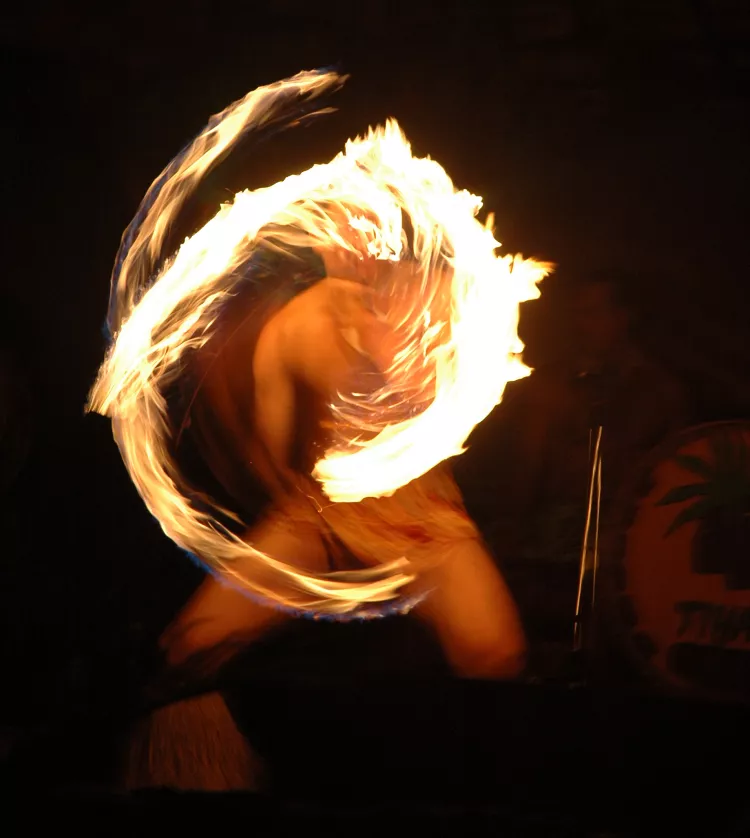
Aquarium
Whenever possible, I try to include a visit to any local aquariums or marine science centers during my excursions. Before flying out, I stopped by the Maui Ocean Center at the Ma’alaea Harbor Village. The aquarium opened in 1998 and offers over 60 interesting exhibits and a Shark Dive in their 750,000 gallon (2839m3) Open Ocean Exhibit. Certified divers 15 and up are allowed to swim with over 20 sharks, stingrays and numerous tropical fish found around Hawaii. There is a charge for the dive and reservations are required to participate.
Although I arrived too late for the dive, a group of divers were having the time of their life as I walked through the exhibits clear tunnel. Needless to say, when talking to the divers as they exited the tank, they were stoked and couldn’t wait to do it again!
The green sea turtle display was my last stop, where I discovered a tank full of young healthy honu. These turtles were part of a hatch-and-release program, to be set free over time to aid in population reestablishment efforts.
After Thoughts
It was not hard to conclude that one week was just not enough time to do everything. Maybe during my next trip I will be able to visit Molokini Crater and other popular dive sites like the Pyramids. A visit to the Haleakala National Park will also be on my agenda, for a drive up to the 1.5 million year old volcano that last erupted in 1790.
As for my in-water attire, a one-piece 5/4/3 mm suit with a thin skullcap worked best. The water temperature was usually around 78˚F (26˚C) at depth and 80˚F (27˚C) near the surface. Topside weather is fairly consistent with summer (May to October) temperatures around 85˚F (29˚C) and winter (November-April) around 78˚F (25˚C).
For more information about diving, travel and lodging in Maui, Lanai and Molokai, please see the contact list of links on the next page.
A Hui Hou! (Until we meet again) ■
Published in
-
X-Ray Mag #10
- Läs mer om X-Ray Mag #10
- Log in to post comments
- Log in to post comments

